Leading a delegation comprised of Syrian oil and gas officials, Ghanem, in his one-day visit, was briefed by Managing Director of Pars Oil and Gas Company (POGC) Mohammad Meshkinfam about the gas field and the investments made on it.
The Syrian minister also visited some petrochemical complexes in Asaluyeh besides refineries in phase 4 and 5 of the South Pars.
South Pars is the world’s largest gas field, but it also has significant oil reserves which Iran shares with Qatar across from the Persian Gulf.
Iran started pumping oil from the oil layer in March 2017 with the initial production of 5,000 barrels per day (bpd) which currently stands at 25,000 bpd according to Meshkinfam.
The development of South Pars oil layer is still at the pilot phase, but the country sees positive prospects for 150,000 bpd of recovery in the currently producing reservoir.
Officials have said the development of the layer is a complex process requiring integrated development.
“We are looking for a competent contractor who can make a commitment to production. Iranian companies are interested in getting money and digging wells. We are looking for cumulative production,” former deputy head of the National Iranian Oil Company (NIOC) Gholamreza Manouchehri said.
NIOC was in talks with Denmark’s Maersk Group for the second phase development of the South Pars oil layer, then negotiations with the Danish company was stopped after Maersk sold its oil and gas division to French oil major Total in August 2017.
HJ/ 4726511

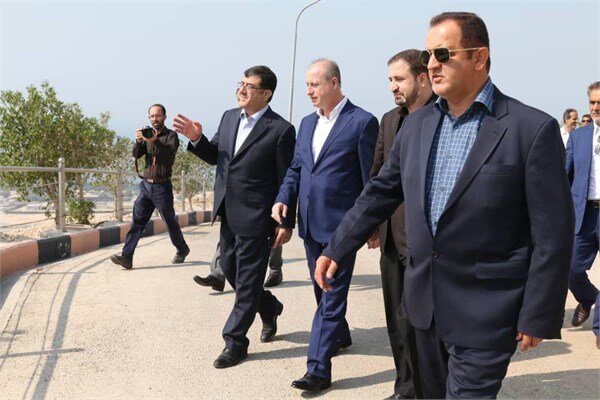
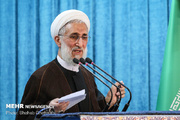
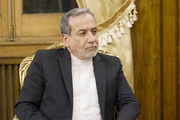

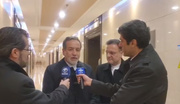

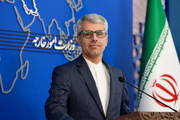
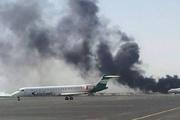


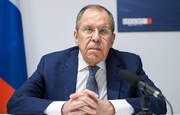











Your Comment